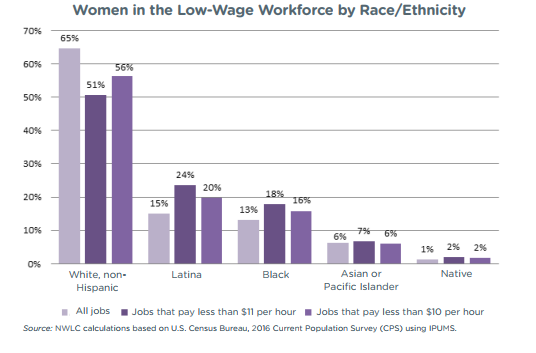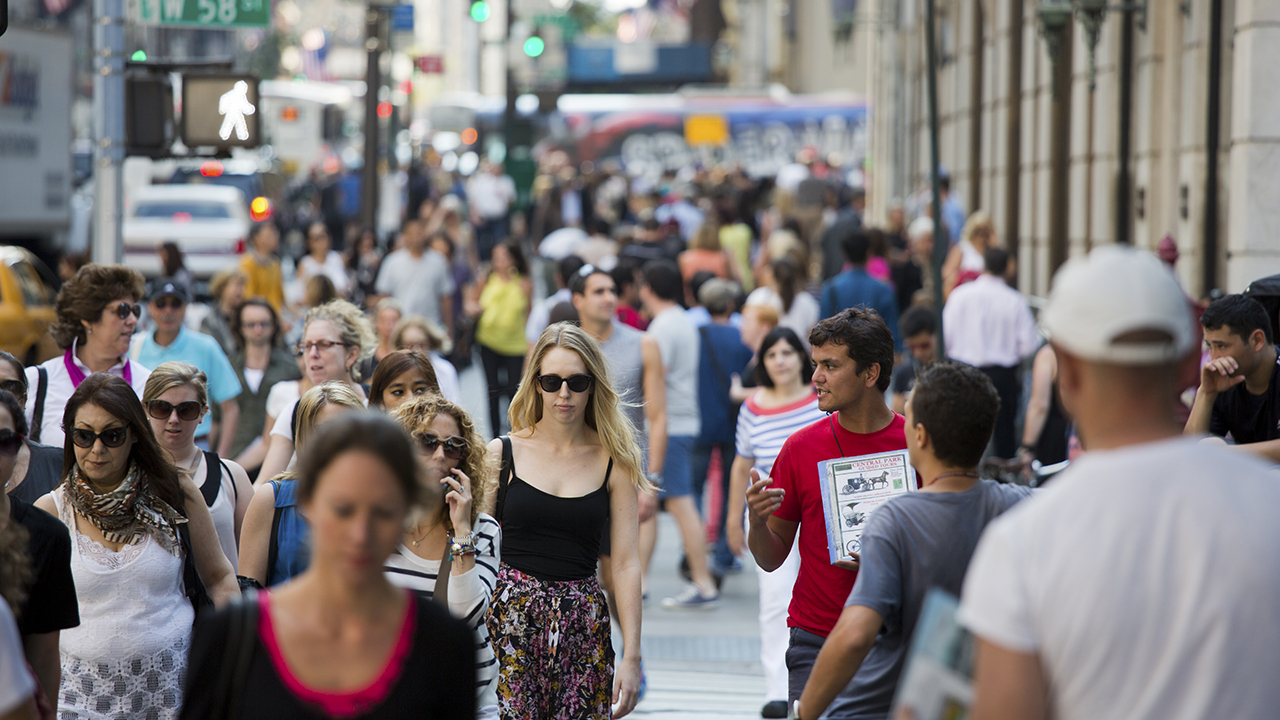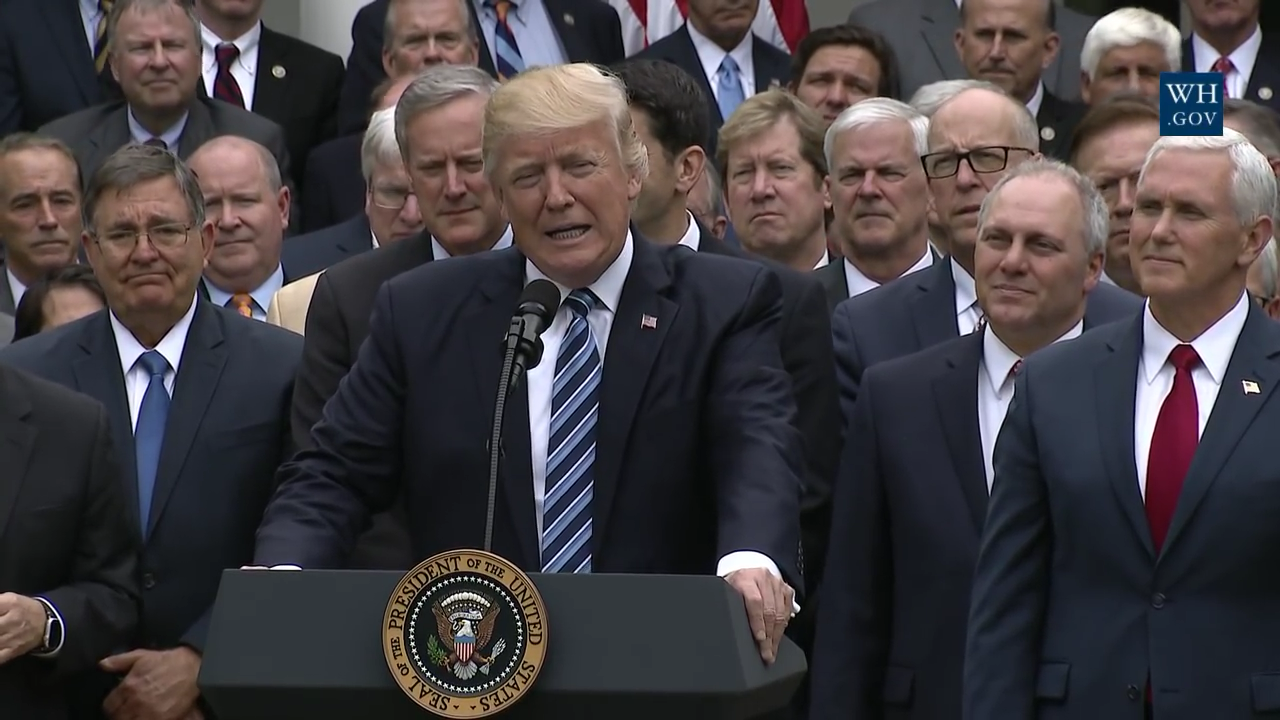Abortion rights, women of color, and LGBTQIA+ people are under attack. Pledge to join us in fighting for gender justice.
Low-Wage Workers are Women: Three Truths and a Few Misconceptions

Labor Day is not only the long weekend that is the unofficial end of summer. It is also a century-old holiday meant to honor the contributions that workers make to the social and economic strength, prosperity and well-being of this country. Unfortunately, we do not do enough to honor the many women who work hard for little pay in jobs of critical importance to our economy and our families. Too many working women are falling behind no matter how hard they work. In fact, the less a job pays, the larger the share of women represented in that job.
Here is what you should know about those working in low-wage jobs:
- Women make up the majority of minimum wage workers in virtually every state.
In fifteen states, women make up at least 2 in 3 workers who make minimum wage. And women are over half of the minimum wage workforce in 49 states plus the District of Columbia –every state except Delaware, where women represent half of minimum wage workers.
- Despite the great strides women have made in educational attainment and work experience, they are far more likely than men to be paid low wages.
Women make up 58 percent of the workers in occupations that pay less than $11 per hour –the annual equivalent of about $22,880 per year. Even more concerning, women make up 69 percent of the workers in occupations that typically pay less than $10 per hour or $20,800 annually.
3. Women of all races make up larger shares of the low-wage workforce than their male counterparts, and Black and Latina women are significantly overrepresented in the low-wage workforce compared to their share of the overall workforce.

There are many common misconceptions about the women who work in low-wage jobs. These facts might surprise you:
- Most women in the low-wage workforce have a high school diploma or higher.
Many assume that people who make low wages have not completed high school. However, among women in low-wage jobs paying $11 or less per hour, 79 percent have a high school diploma or more education. The same is true for women in jobs that pay less than $10 per hour: more than two in five of women in these jobs have at least some college education.
- The majority of women in the low-wage workforce are not teenagers.
Nearly nine in ten women in jobs that typically pay less than $11 per hour are age 20 or older. More than two in five women in jobs that typically pay $11 per hour are in their prime working years –ages 25-49. And among women in the lowest-wage jobs, nearly four in five are 20 or older.
- Many women in the low-wage workforce do not have a spouse’s income to contribute to household costs. And many are supporting children.
About two-thirds of women in jobs that typically pay less than $11 per hour are single. Thirty-two percent of women in these jobs have one or more children at home. Among women in jobs that pay less than $10 per hour, nearly 78 percent are unmarried and 25 percent of women in these jobs are supporting children under 18.
- Many women in the low-wage workforce work full time.
Despite a common misconception that low-wage workers are part-time workers, more than half of women in jobs that pay less than $11 per hour work full time and 45 percent work full time, year round.
Women need higher wages. This Labor Day we should take an extra moment to honor the women who work hard for little pay. We can stand up for working women today and every day by supporting policies that raise the minimum wage, that promote fair scheduling, and by supporting unions and family tax cuts.




